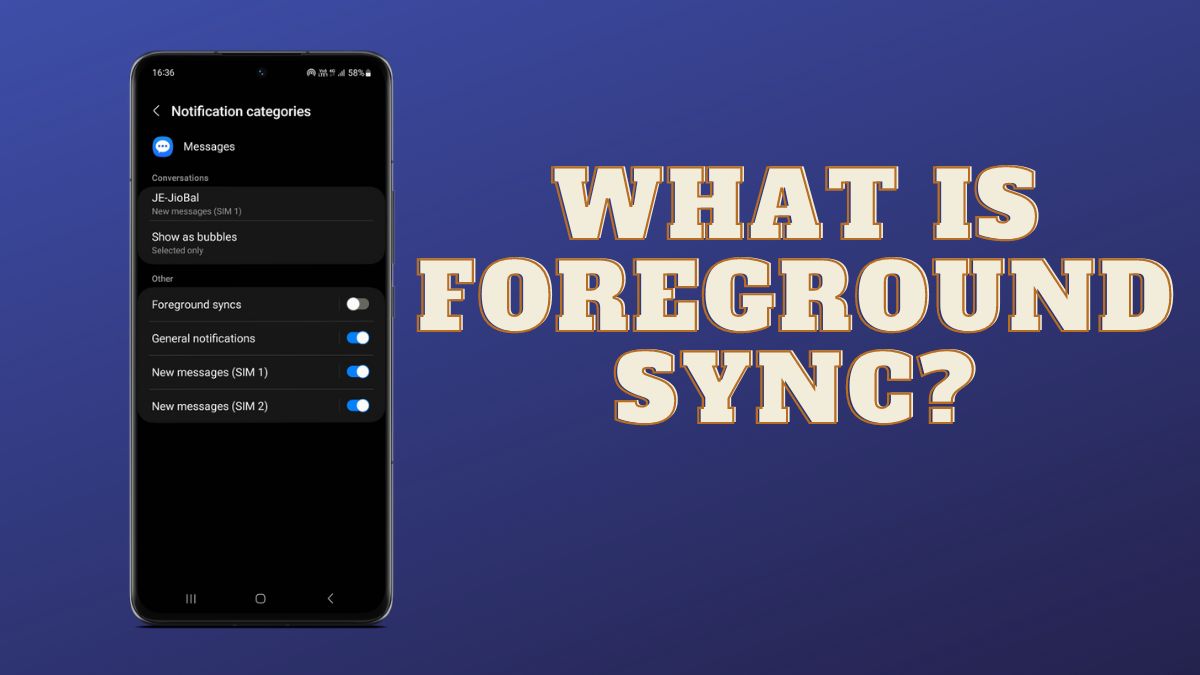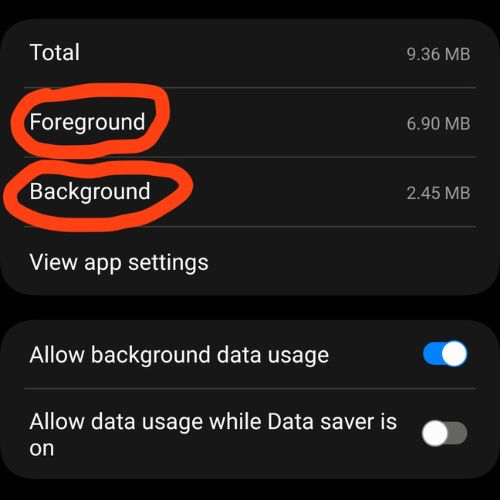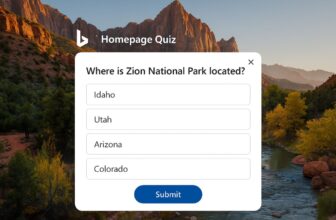
The need for efficient data synchronization has become paramount in today’s interconnected digital landscape, where applications and devices are integral parts of our daily routines. Foreground synchronization, a term that encapsulates the process of real-time data exchange between a user’s device and a remote server while an application is actively in use, plays a crucial role in ensuring a seamless and up-to-date user experience.
What Foreground Sync?
Foreground sync is a specifically Android service, which refers to real-time data synchronization between a user’s device and a remote server while an application is actively being used. It caters to scenarios where immediate data synchronization is crucial. For instance, messaging apps require real-time message delivery to ensure seamless communication. Social media platforms need to update user feeds as new content is posted. Use cases also extend to collaborative tools, financial apps, and navigation apps where real-time data plays a vital role.
Despite its benefits, foreground sync also presents challenges. It heavily relies on a stable network connection, and constant data exchange can drain battery life. Ensuring data security and user privacy during real-time sync is crucial. Foreground sync finds applications in messaging apps for instant message delivery, collaborative tools for seamless teamwork, social media platforms for immediate interactions, navigation apps for up-to-date location-based information, and financial apps for real-time account updates.
Foreground Sync vs. Background Sync
Foreground sync and background sync are two distinct approaches to managing data synchronization and network operations in Android applications. Each has its own advantages and considerations, and the choice between the two depends on the app’s requirements, user expectations, and device resources.

Foreground Sync: Foreground sync involves synchronizing data or performing network operations while the app is actively being used by the user. This approach ensures that users receive real-time updates and immediate feedback, which is crucial for applications that demand instant interactions. Messaging apps, social media platforms, and navigation tools are prime examples of services that benefit from foreground sync. Users expect to see new messages, posts, or directions without delay.
Background Sync: Background sync involves data synchronization that occurs when the app is not actively being used or is running in the background. This approach prioritizes battery efficiency and overall device performance. Applications like email clients, cloud backup, and weather apps often employ background sync to update data at intervals that balance user needs with battery conservation.
Benefits of Foreground Sync
Foreground synchronization is characterized by its focus on real-time or near-real-time data exchange while an application is in the foreground of a user’s device. This process offers several key benefits that contribute to a more enriched user experience:
Real-Time Updates: One of the primary advantages of foreground sync is the ability to provide users with real-time updates. Whether it’s receiving instant messages in a messaging app, seeing live changes in collaborative documents, or tracking real-time data in fitness apps, foreground sync ensures that users have access to the latest information without delay.
Interactive Engagement: Applications that employ foreground sync allow users to engage interactively with the content, knowing that their actions are immediately reflected on the server and vice versa. This real-time interactivity fosters a sense of engagement and responsiveness that can enhance user satisfaction.
Accurate Data Representation: Foreground sync ensures that the data displayed to the user is accurate and up-to-date. This is particularly crucial in scenarios where multiple users are collaborating on a project or when data integrity is of utmost importance, such as financial applications.
Seamless Multi-Device Experience: With the prevalence of multiple devices per user, foreground sync enables a seamless experience across devices. Users can start an activity on one device and continue seamlessly on another, without any lag or data discrepancies.
Contextual Relevance: By enabling real-time data exchange, foreground sync allows applications to provide contextually relevant information. For instance, location-based apps can offer timely updates about nearby events, restaurants, or services as the user navigates through their environment.
Drawbacks of Foreground Sync
While foreground synchronization offers numerous benefits, it also comes with its fair share of challenges and considerations:
Network Dependence: Foreground sync heavily relies on a stable network connection. Fluctuating connectivity or low network speeds can hinder the seamless exchange of data, leading to frustrating user experiences.
Battery Consumption: Constant real-time sync can consume significant amounts of battery power. Balancing the need for real-time updates with battery efficiency is a challenge that app developers must address.
Data Security: Real-time data exchange requires careful consideration of data security and privacy. Ensuring that sensitive information remains protected during synchronization is paramount.
Resource Management: Managing server resources to accommodate real-time synchronization for potentially large numbers of users requires robust infrastructure and efficient resource allocation.
User Control: Some users may prefer manual control over synchronization settings to manage their data usage or privacy preferences. Balancing automatic foreground sync with user preferences is important.
Usage of Foreground Sync
Foreground synchronization finds application in a wide array of domains, each contributing to an enhanced user experience:
Messaging Apps: Instant messaging applications heavily rely on foreground sync to deliver real-time messages and updates to users. This ensures that conversations are fluid and uninterrupted, irrespective of the user’s activity within the app.
Collaborative Tools: Productivity tools such as collaborative documents and project management platforms use foreground sync to allow multiple users to collaborate in real-time. Changes made by one user are immediately reflected by others, fostering seamless teamwork.
Social Media Platforms: Social media platforms utilize foreground sync to provide users with instant updates on posts, comments, and interactions. This enables users to stay connected and engaged with their social circles in real-time.
Navigation and Location Apps: Navigation apps use foreground sync to deliver real-time traffic updates, route changes, and points of interest based on the user’s current location. This ensures accurate and timely information for users on the move.
Financial Applications: Banking and financial apps employ foreground sync to provide users with real-time updates on account balances, transactions, and market data. This enables users to make informed decisions and manage their finances effectively.
Conclusion
In conclusion, foreground synchronization in Android apps bridges the gap between resource-intensive tasks and user experience. By carefully implementing foreground synchronization techniques, developers can ensure that apps remain responsive and user-friendly even during data synchronization and network requests.
As user expectations continue to rise, foreground synchronization becomes an essential component of creating successful and engaging mobile applications. By adhering to best practices and leveraging the latest tools and technologies, developers can unlock the potential of foreground synchronization to deliver exceptional user experiences.

![What is Foreground Sync? [Benefits, Drawbacks & Usage]](https://www.geeksdigit.com/wp-content/uploads/thumbs_dir/How-Much-Does-a-Gaming-Build-Cost-qx58wqr4aum7rkdpjgr0ha5019d8xcc31qb4i8c118.jpg)
![What is Foreground Sync? [Benefits, Drawbacks & Usage]](https://www.geeksdigit.com/wp-content/uploads/thumbs_dir/best-music-players-windows-11-qx58wk68z0d7ian9lvwmhtsrvk9ofglyotqq5als8s.jpg)



